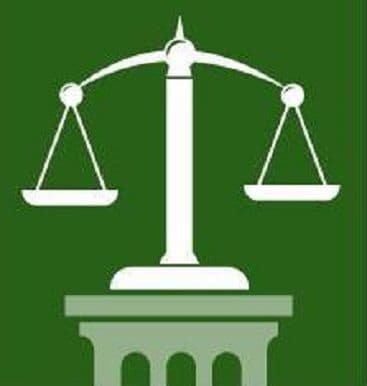There is no legal rule requiring someone to have an attorney in a personal injury trial. Not having an attorney is, however, a very bad idea.
A woman had a long and complicated history of serious medical conditions, beginning at birth. She was in an auto accident. She claimed that the accident exacerbated her seizures, pain, and fatigue. The other driver admitted the auto accident was her fault, but challenged that the auto accident caused additional neurological problems and seizures.
The injury claimant’s attorney withdrew from the case, and the woman represented herself at trial. She had no legal training or experience. Consequently, she had difficulty framing proper questions, laying a proper foundation to admit exhibits, and grasping the standards by which she had to prove her allegations.
The trial court repeatedly helped her, even instructing her on how to properly ask questions. For instance, the judge reminded the injury claimant to ask whether the unpaid medical bills were related to his treatment for this particular accident. Often the injury claimant would simply direct the witness to answer the judge’s question.
A trial judge must hold parties who represent themselves to the same standards to which it holds attorneys.[1] A trial judge must not comment on evidence, and must maintain impartiality. A trial court’s actions and words may not imply to a jury that a case has more merit than would otherwise be evident.
The Court of Appeals noted that with the judge’s help the injury claimant would likely not have elicited any testimony on the reasonableness or necessity of the treatment, or any testimony on a more probable than not basis to a reasonable degree of medical certainty. Without such evidence the other side would have successfully moved for a directed verdict.
The Court of Appeals noted that the case fell far short of proving that the vehicle accident caused any additional seizures or physical injuries. For instance, she did not call any of her treating neurologists, and she asked the medical experts she did call merely whether they “suspected” the auto accident caused her injuries – rather than whether they concluded on a more probable or not basis to a reasonable degree of medical certainty that the auto accident did cause injury.
The Court of Appeals reversed the trial court and ordered a new trial.[2]
Proving a personal injury case is a lot more than showing up in court with a stack of medical bills and medical records. Effectively trying a personal injury case requires strategic planning and groundwork that starts well before trial, usually years before. Even with proper planning and preparation, trials themselves are hyper-technical to the uninitiated.
If you have been injured you should consult with an attorney for a free case evaluation early.
![]()
By personal injury attorney Travis Eller
[1] See, for example, Westberg v. All-Purpose Structures, Inc., 86 Wn. App. 405, 411, 936 P.2d 1175 (1997).
[2] Edwards v. Le Duc, unpublished opinion (No. 38699-2-II September 08, 2010).
